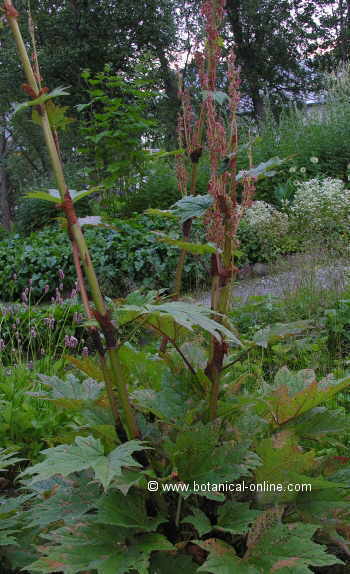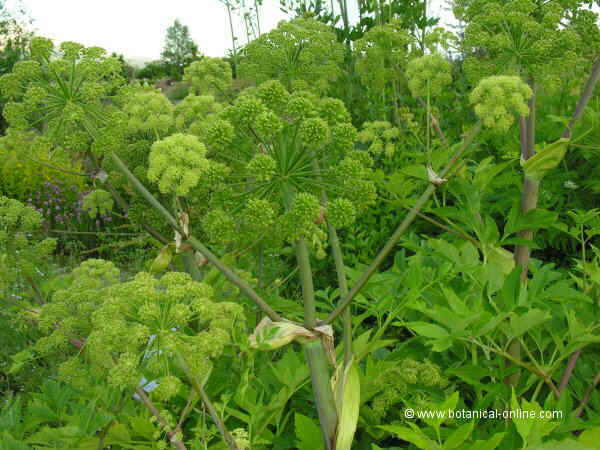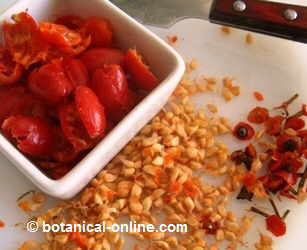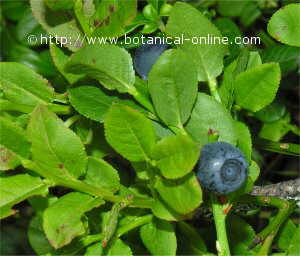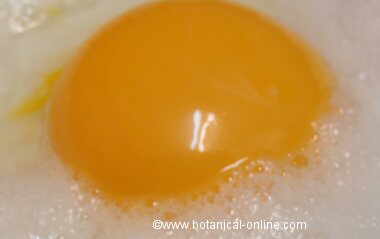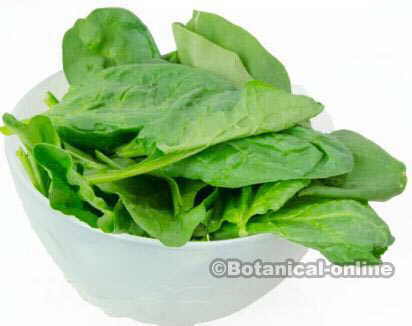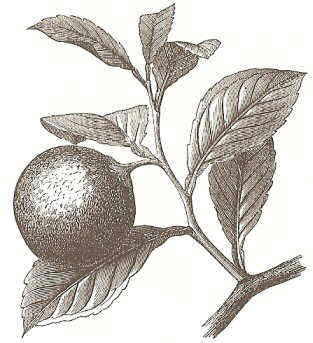Contents
HOW ARE THE DIFFERENT TYPES OF TEA PRODUCED
Different processes lead to different types of tea
The development of different types of teas by means of different processes is the key that differentiates the tea classes, because all of them share the same origin: They all come from the same plant (Camellia sinensis).
According to how such production processes are accomplished, we obtain different classes, each one of them with its peculiar characteristics
Tea Manufacturing process
- White tea: It is produced by hand from the buds of the tea plant. It follows a sun drying process that makes buds become . silver.
- Green Tea: It goes through a process of withering, rolling, sieving, drying and sorting. (More info).
- Red Tea: This green tea, after processing, is inserted in barrels and inoculated a specific bacteria to ferment. It is also called post- fermented tea.
- Blue or Oolong Tea, Go through a process of withering, rolling, screening, semi – fermentation (incomplete oxidation), drying and sorting. Also known as semi-fermented tea.
- Black tea, It goes through a process of withering, rolling, screening, fermentation (or aeration), drying and sorting. (More info).
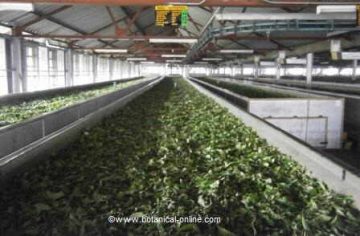
Tea grading
Tea process can damage or break the leaves, which have lost moisture during the drying stage, so they are more fragile to any manipulation.
Depending on the level of damage, they are usually classified into the following tea qualities from better ones to worse ones:
- Whole leaves: the teas that are made with these leaves have a great aroma and a very mild flavor, nice and much appreciated (they have double reached the organoleptic attributes of other types).
- Broken or damaged leaves: They are more aromatic than those made with whole leaves, possessing a very intense strong flavor, since, being broken, they more easily transmit the aroma and flavor to the infusion.
- Powder or crushed leaves: Little aromatic teas have a very strong, dark color, with very astringent properties and bitter substances. Their flavor is usually more roasted and smoky, but this is conditional, depending on whether they have been added or not with aromatic products, fruits, flowers,… to counteract their organoleptic poverty. These are usually offered as tea bags that can be found in supermarkets.
Within these classifications, there are subclassifications that determine more quality levels within each category. For example, within the leaves classified as a whole, we can find more or less young leaves.
![]() More information about tea.
More information about tea.

